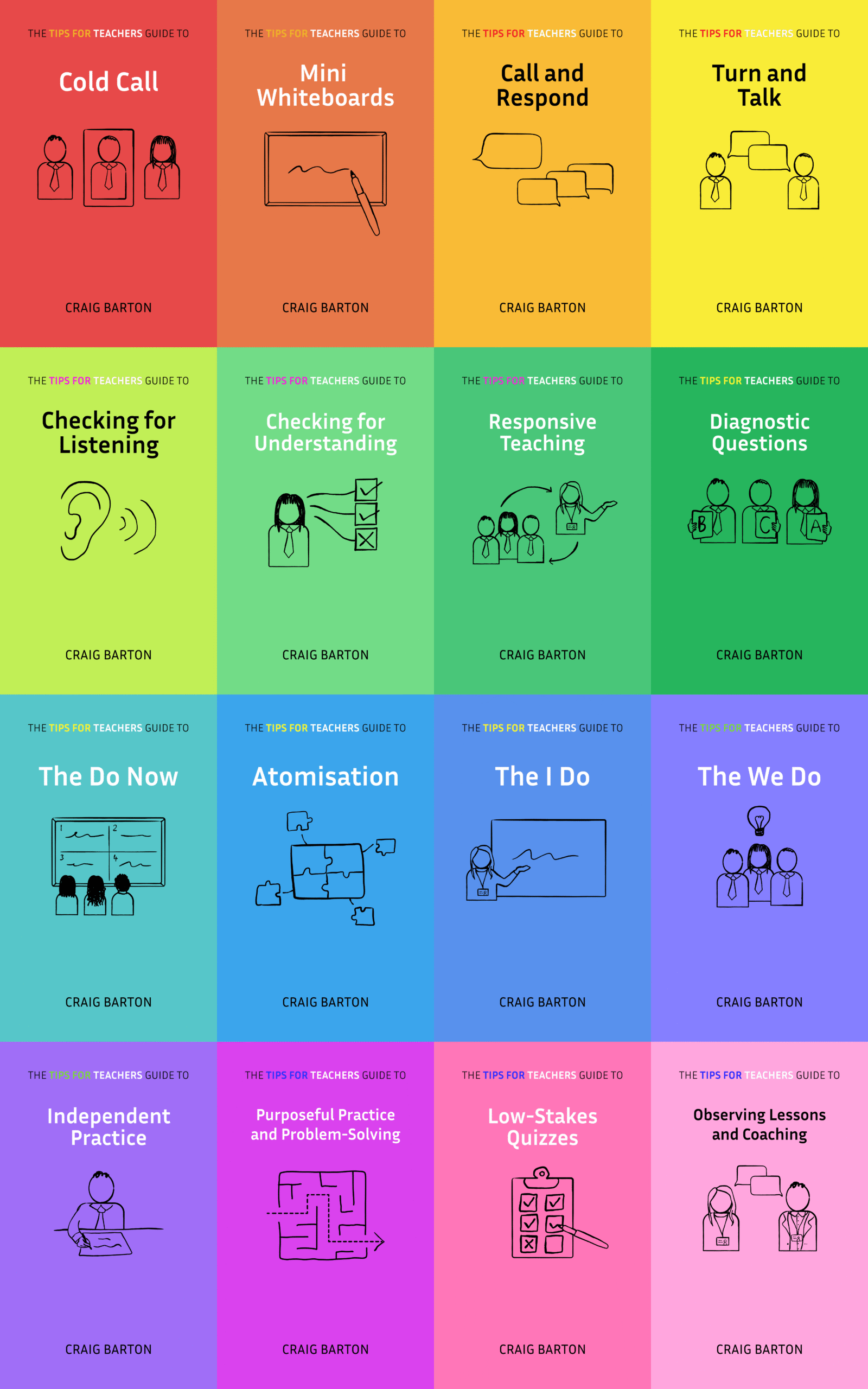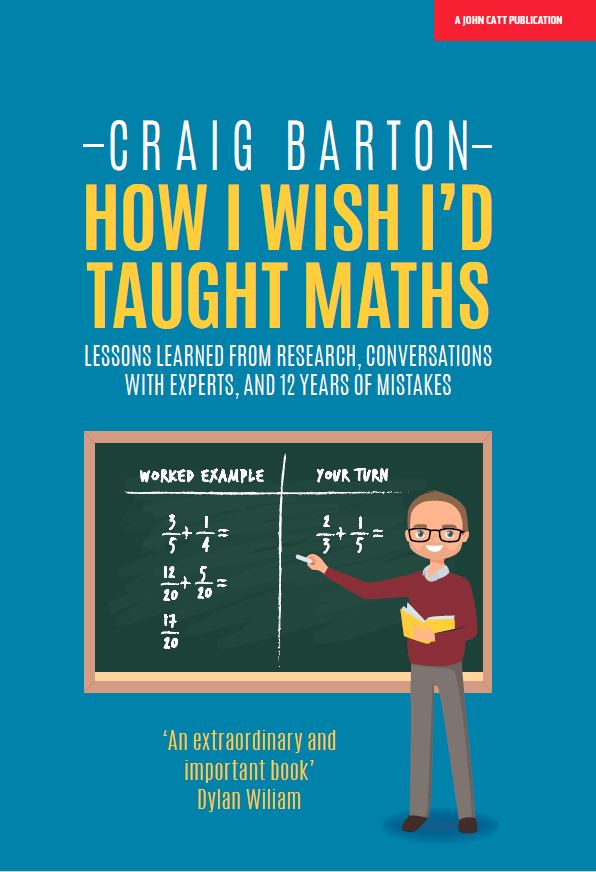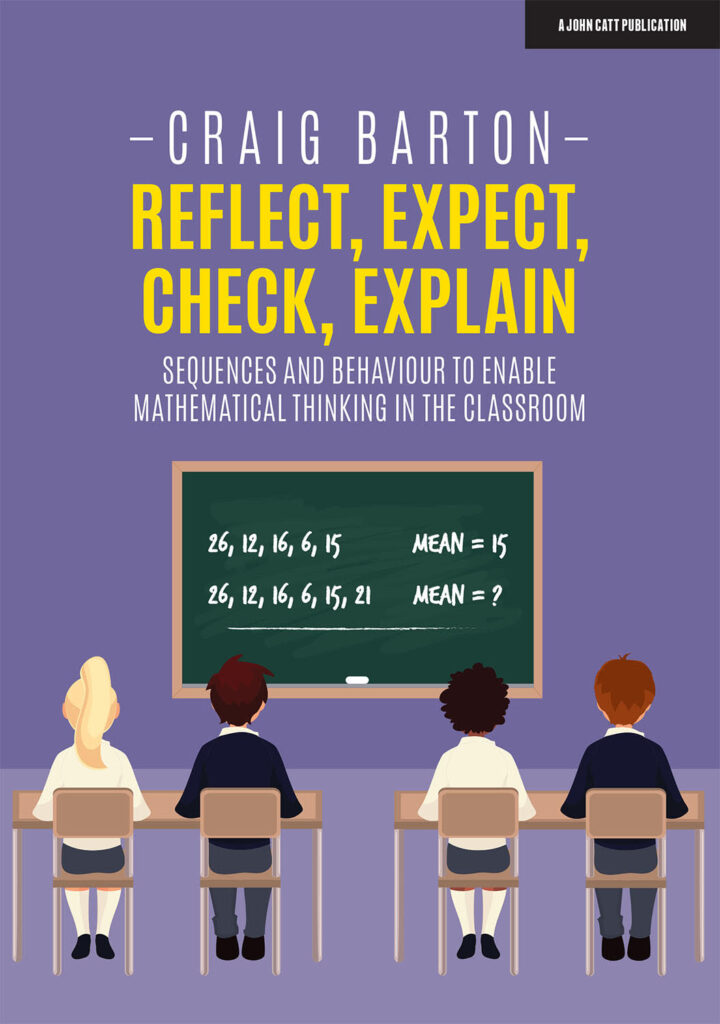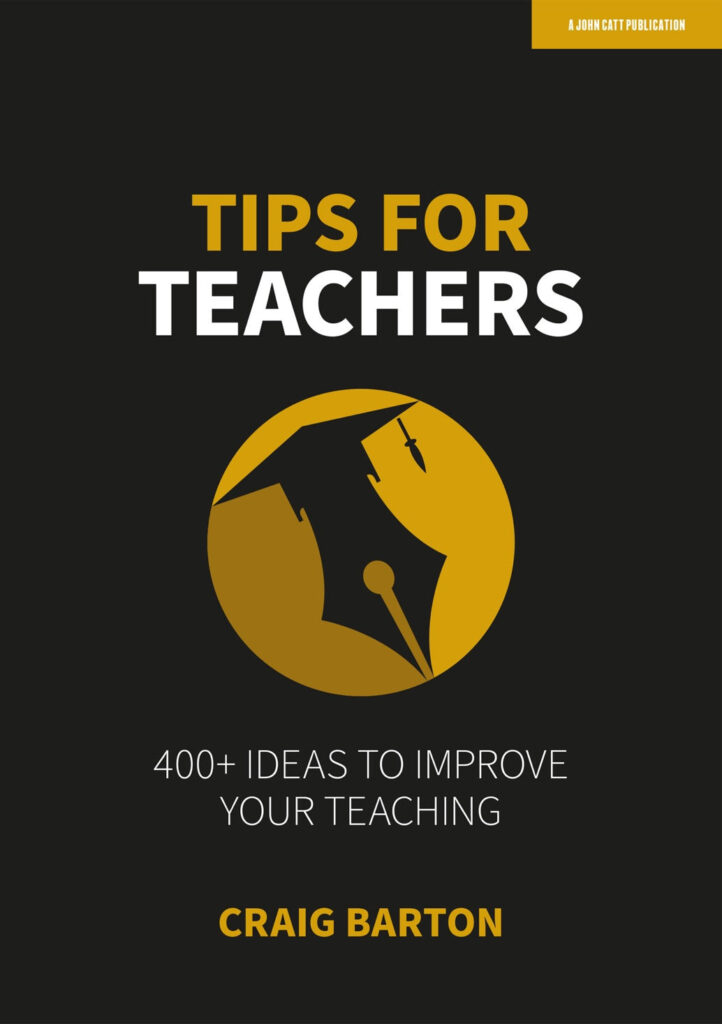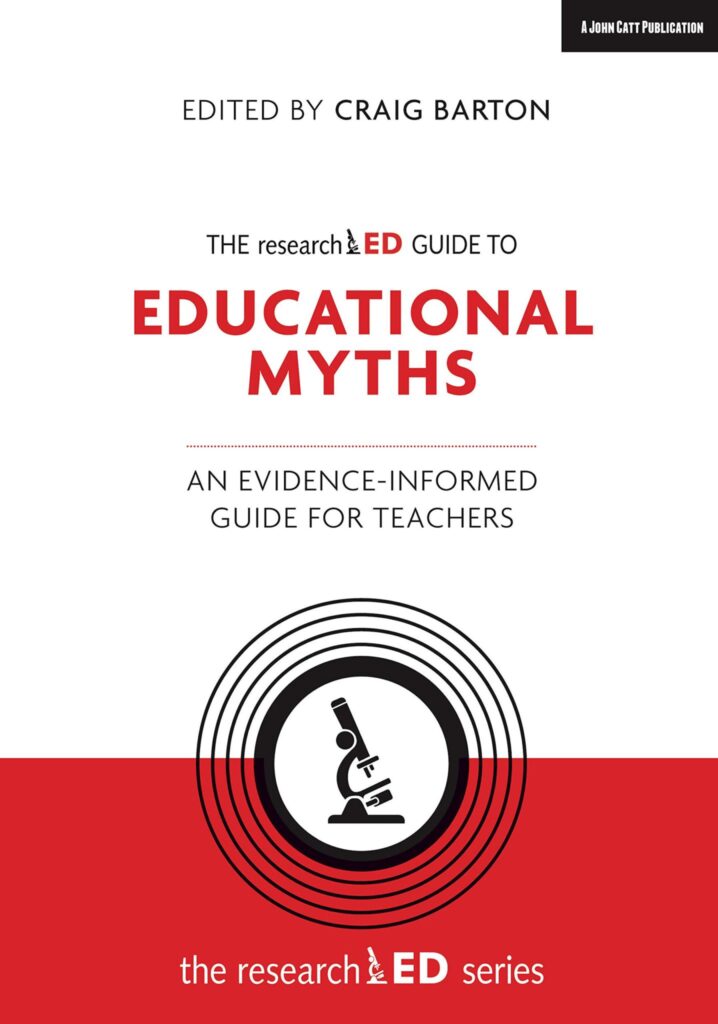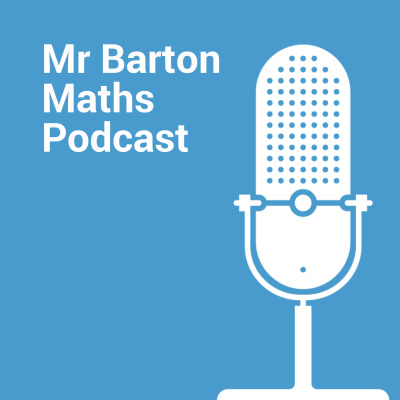Summary
This YouTube transcript discusses lesson planning principles for teachers. Two main approaches to lesson planning are debated: focusing on individual lessons as discrete units of time versus broader, long-term planning. The conversation highlights the importance of establishing predictable routines to create a safe learning environment. Furthermore, the speakers advocate for using PowerPoint as a planning tool, emphasizing its flexibility and shareability while cautioning against over-animation. Finally, the discussion centers on four key principles: utilizing templates, preparing for unexpected events, assuming students may not understand instructions, and clearly explaining the reasoning behind lesson activities.
What are the implications for teachers?
Based on the provided YouTube transcript, here are some implications for teachers regarding lesson planning and delivery:
- Embrace the Lesson as a Unit of Time: A lesson should be viewed as a discrete block of time with a predictable structure and routines, which creates a safe and challenging learning environment. Teachers should not assume that students can simply pick up where they left off in a previous lesson.
- Plan Sequences, Not Just Individual Lessons: Teachers should plan sequences of lessons with long-term goals in mind, rather than focusing solely on individual lessons. However, the importance of the lesson as a unit of time should also be considered.
- Use PowerPoint as a Planning Tool: Teachers can use PowerPoint or similar tools to organize their thoughts, diagrams, web links, and pictures, but the slides should be mostly blank with prompts or cues. Avoid excessive animation or click-through presentations that don’t reflect how students learn. PowerPoint can also be used to share and distribute lesson plans across a department. Teachers can use the slide sorter view to organize tasks, questions and lessons.
- Utilize Templates and Defaults: Using templates and default structures for lessons saves time and reduces cognitive load for both teachers and students. Routinized lessons can allow teachers to master their delivery.
- Prepare for the Unplannable: Teachers should be ready to respond to the needs of their students and not adhere strictly to a script. They should develop their improvisational skills and have backup plans or follow-up questions ready if students struggle.
- Assume Nothing and Seek Artifacts of Learning: Teachers should not assume that students are thinking as they should. They should prioritize student production of artifacts like written answers on whiteboards to check for understanding. Teachers should move away from “think-pair-share” to a model where students “think, write, pair, rewrite, and share”. This will provide them with more reliable data on student thinking.
- Explain the “Why”: Teachers should explain the reasoning behind each activity to students to promote buy-in and motivation and improve behavior. The starts of lessons are a particularly good place to focus on this.
- Prioritize student thinking and engagement: The teacher should prioritize ways to get all the students involved, and that a system of having them all show their work regularly, such as on mini whiteboards, can help keep students engaged and accountable.
- Be Reflective About Technology: Teachers should be reflective about technology such as OneNote, considering if it is useful and will help, rather than hinder the lesson, and it should be easily shared for others to use.
- Be Mindful of Slide Design: Teachers should be mindful of the space on the slide that the content takes up, and consider how the use of logos, dates and other information might reduce the space available for actual content. The slides should be simple and mostly blank to allow for the content to take center stage.
By adopting these principles, teachers can create more effective and engaging learning environments that prioritize student understanding and accountability.
View all Craig Latimir’s lesson planning videos in this playlist:
You can listen to the full audio of our conversation on my Mr Barton Maths podcast here
If you haven’t already, please consider:
- Signing up to my free Tips for Teachers newsletter
- Becoming a Patreon to support my work
